As recently as 10 years ago, when I went through design school, the primary drawing references available to aspiring landscape architects were design magazines and books of renderings by famous landscape architects. Today, the situation is dramatically different. Visually-oriented social media, especially Instagram and Pinterest, have opened a vast repertoire of drawing types and styles – making them accessible and available to anyone with an internet connection.
On Instagram @nahalsbt, Nahal Sohbati shares beautiful and playful drawings. We asked Nahal a few questions about her experience in landscape architecture and social media.

Let’s start off with a little about drawing – Did you draw as a kid? What are the first things you can remember drawing?
As a kid I drew, of course, but I developed my formal drawing skills with still life objects. Anything from vases to fruits bowls. My favorite medium was always pencil and later charcoal. I was fascinated by how an organic based medium can create such expressive and emotionally charged images.
Later my mom bought me a copy of “Drawing Animals” by Victor Ambrus book and I immediately fell in love with drawing animals. I re-created almost all of his drawings and learned about techniques of creating textures, patterns and forms. Later in design school I always referred to my charcoal drawings when learning about basic design terms such as harmony, contrast, unity and rhythm, etc.

What inspired you to build a social media account around landscape architecture drawing?
I started posting my daily life as a landscape architecture student back when I was studying for my master’s degree at the Academy of Art. Immediately after posting my drawings, I was entered into a bigger community of architects, landscape architects, botanists and plant lovers who I learned a lot from. Studio work can be very isolating and introspective, and I found that sharing what I was doing with this larger audience helped me grow beyond just the classroom.
Over the years of building my audience it has been a great experience to not just collaborate but to also spread awareness of landscape architecture around the world. It feels great to be connected to this larger community beyond borders and culture that shares a mutual passion and interest for design.

What’s been surprising to you about how your social media audience engages with landscape architecture drawings?
I always thought my best works were the perfect renderings and drawings I made for final presentations. However I was surprised that the posts that always got the most love were the ones that showed more of the behind the scenes process of how I work as a designer to result in the final renderings / installations. I believe these daily imperfect and rough sketches make the process more approachable and tangible for others.

How has your success on social media influenced drawing in your design practice?
I’d say it encourages me to experiment with new styles and techniques to have more diverse and engaging content. I am having fun experimenting with these new techniques but also find it very inspiring when someone takes some of these ideas and cultivates it in their own unique way and vice versa.
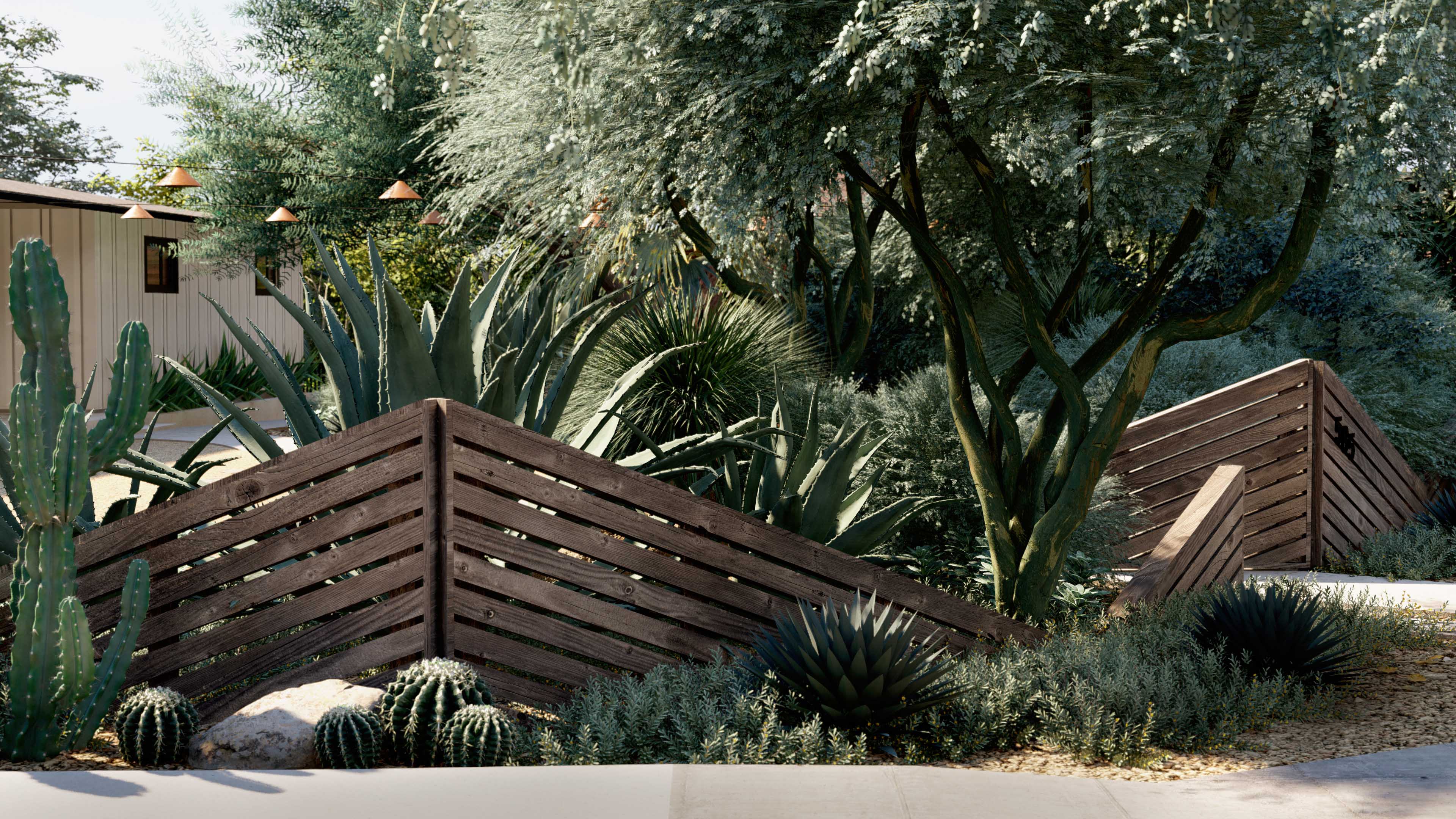
What’s the biggest gap between design drawings and installed work? How do you navigate that process?
To me the biggest gap between the drawings and installed work is the unpredictable nature of construction with materials, living plants and the environment they are in. While there are some elements of the design that are set in stone, so much of what we do is manipulated by external forces that we must anticipate with design and maintenance solutions. I think a lot of design drawings, especially renderings, are romanticized notions of what the actual design will be. That’s why in many of our renderings we like to incorporate a little “memento mori“ to ground our designs in reality. This hints at how materials age, wood color changes, concrete might crack, graffiti will take place, and plants will die and be replaced. I think that’s the beauty of creating a space that has a life of its own and evolves in unpredicted ways.

What opportunities are landscape architects missing? What would you like to see more landscape architects explore?
I believe Landscape architecture is such a diverse field that can and does bridge many gaps and solves so many problems but with that said I think we, along with the rest of society have a long way to go.
Landscape Architecture has an obvious issue with minority representation in the field and I think we as a whole profession need to actively continue to work to improve this. Whether it be outreach to underserved communities, community service or scholarships, we need to do better.
I also believe that Landscape Architects need to pursue public office at some capacity. We need politicians that are educated in the functions and importance of the natural world, as well as how things get done, and Landscape architects are just that. We are constantly pushing a green agenda but – without more representation – these agendas will hardly move.
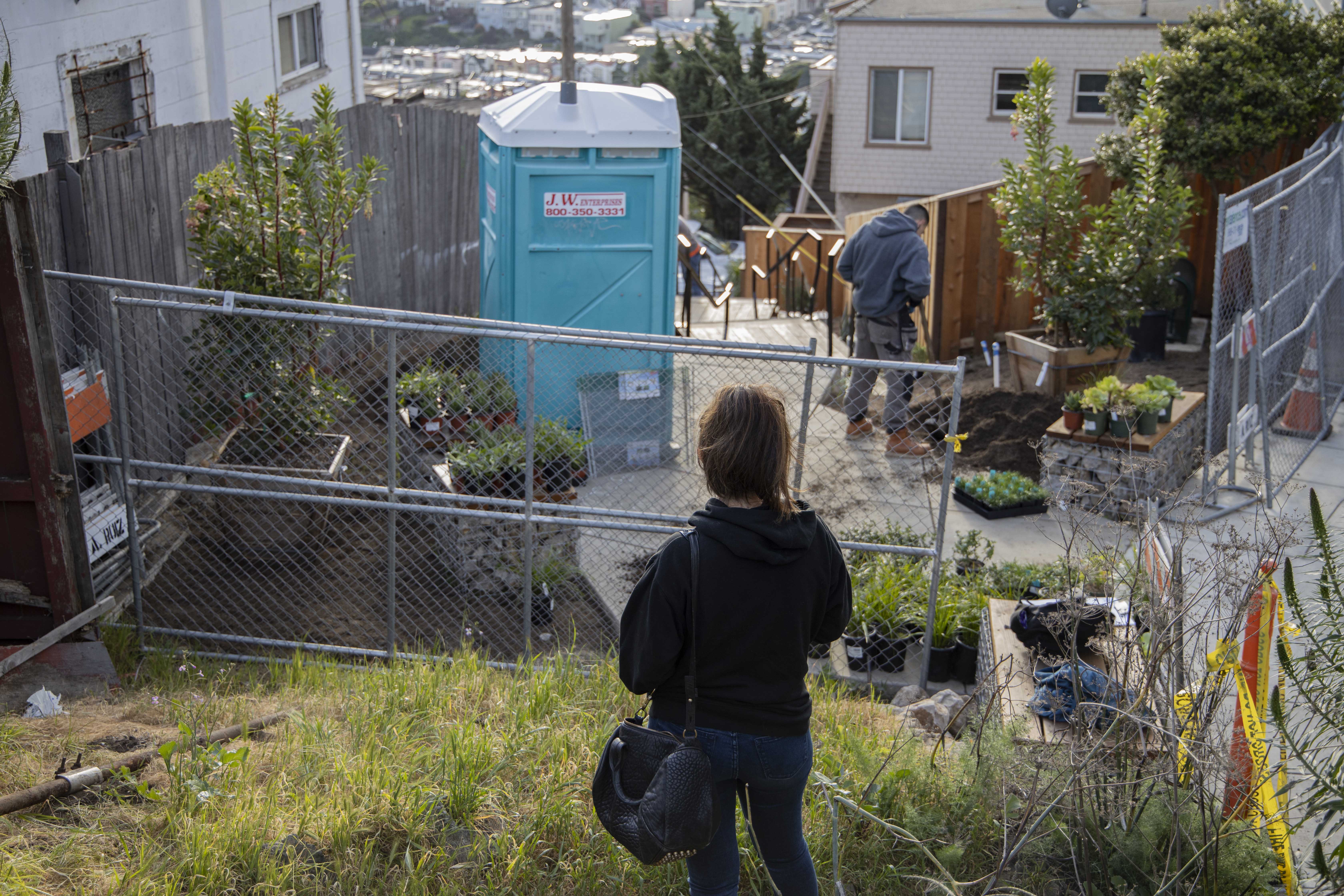
Whose work influences and excites you? What compels you about their work?
The work of French Garden Designer Gilles Clement strikes me in particular. His philosophy in regard to the landscape was to treat it as an ever-changing living thing and not be too strict with boundaries and expectations of what a garden should be.
I am also very inspired by the work and office culture of Terremoto. There work is a refreshing take on design and annihilates traditional definitions of beauty resulting in something truly regional and Californian. They are also not shy about what they stand for and their values and that’s what we need more of.
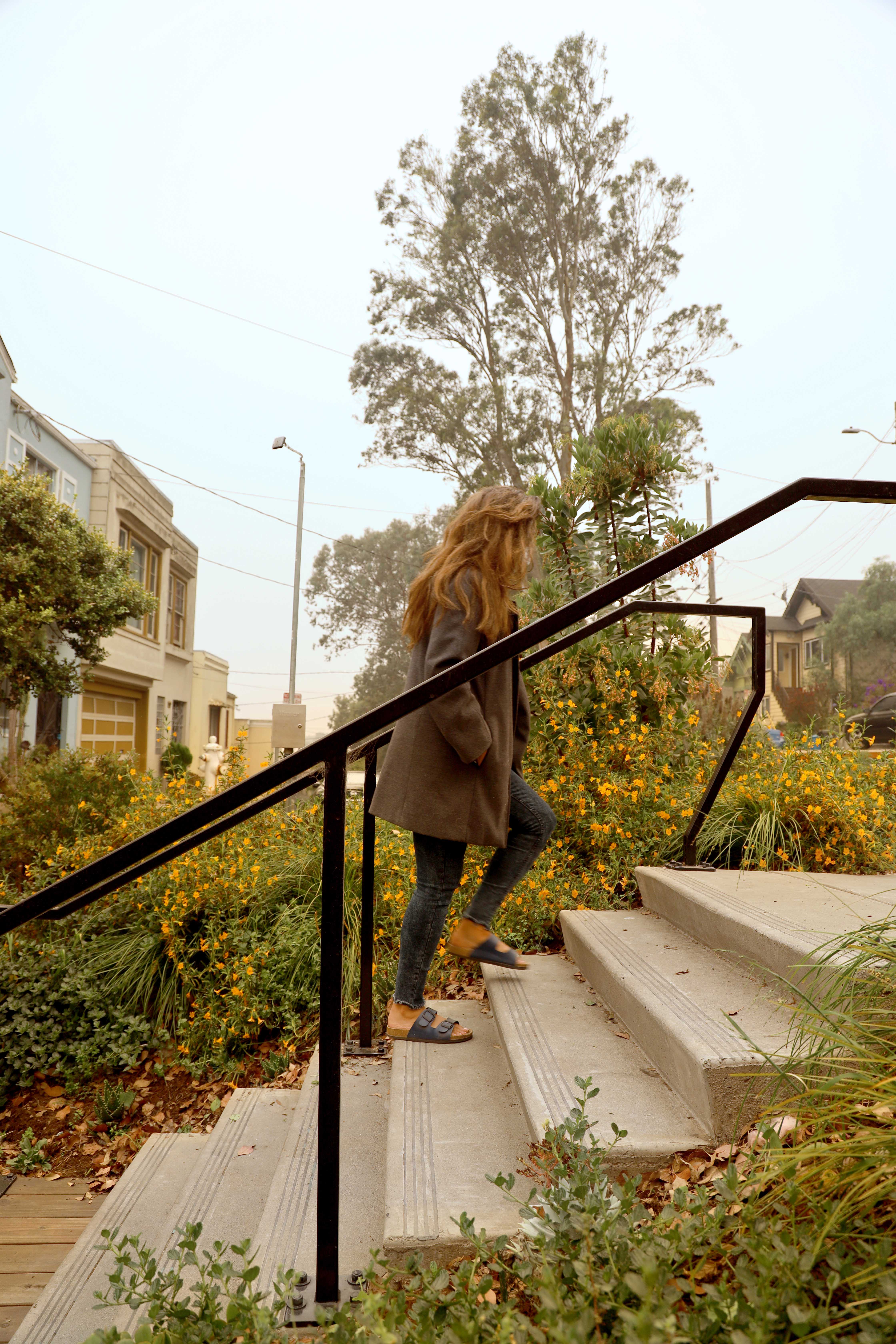
What types of projects would you like to take on in your future?
One of the great things about the profession of landscape architecture is the wide breadth of projects and skills that can be explored. I would like to always have a wide variety of projects that challenge me and keep me on my toes so that I am always learning and developing as a designer.
I especially value community projects. My experience with the community driven Ride Lane project made me appreciate these unexpected, daily used spaces. I genuinely enjoy working with diverse community members and would love to work on similar projects in the future.
Thank you, Nahal, for answering these questions. Go follow Nahal on Instagram @nahalsbt and support her studio, Topophyla.

Nahal Sohbati is a landscape designer and a co-founder of Topophyla. After receiving her bachelor’s degree in interior architecture, Nahal developed a passion for public open spaces with high social impact. Her passion lead her to pursue her masters in Landscape Architecture. Nahal strongly believes that design is an advocacy tool to change “what is” into “what it could be” to improve the social wellbeing. Ever since her first experience with her award-winning community service project, Ridge Lane, Nahal has made it her goal to continue to contribute design services that connect communities to their environment.
Published in Blog, Cover Story, Featured



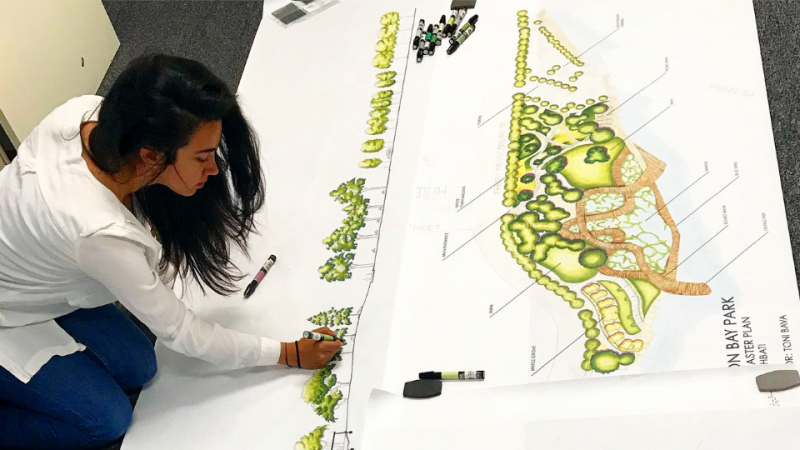

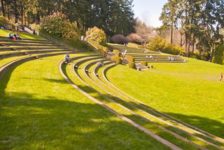

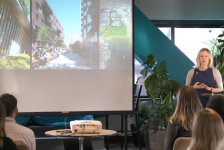
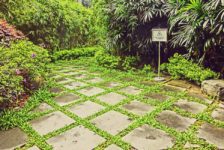
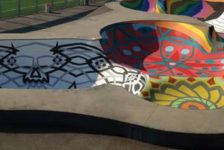

Pingback: Landscape Architecture Alumna Recognized as Industry ‘Rising Star’ | Art U News